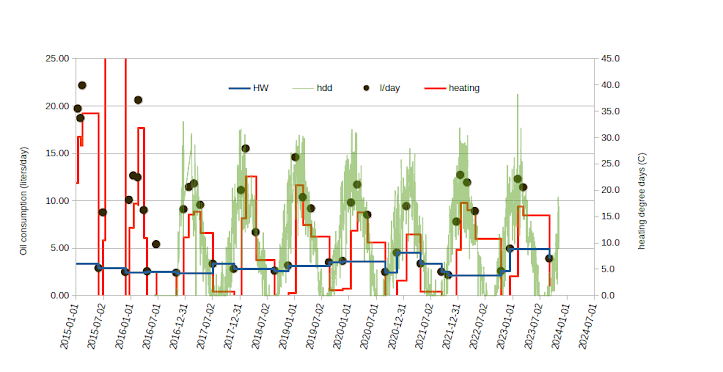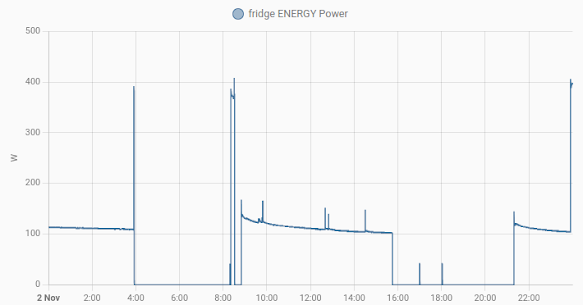Rant on units
We're investigating improving our home heating situation. Electric heat pumps seem to be the way to go. They're rated using SEER (cooling efficiency) and HSPF (heating efficiency). You'd think efficiency would be dimensionless, or maybe in per cent , to move some significant digits into the integer part of the number. Consider my final grade in high school social studies. 67% means I understood two-thirds of the material, or 0.67 as a decimal number. But no! Heat pumps use electricity. The only unit anyone knows for electrical energy is kilowatt-hour. Heat pumps pump heat. The only unit anyone knows for heating and cooling is BTU. So both SER and HSPF are in units of BTU/W-h. watt-hour instead of kilowatt-hour, to get rid of those pesky digits to the right of the decimal point. A good heat pump has an HSPF of about 15. That has no intuitive value. Convert from BTU/W-h to just efficiency by multiplying by 0.29307 BTUs per watt-hour. An HSPF of 15 has an efficiency ...

